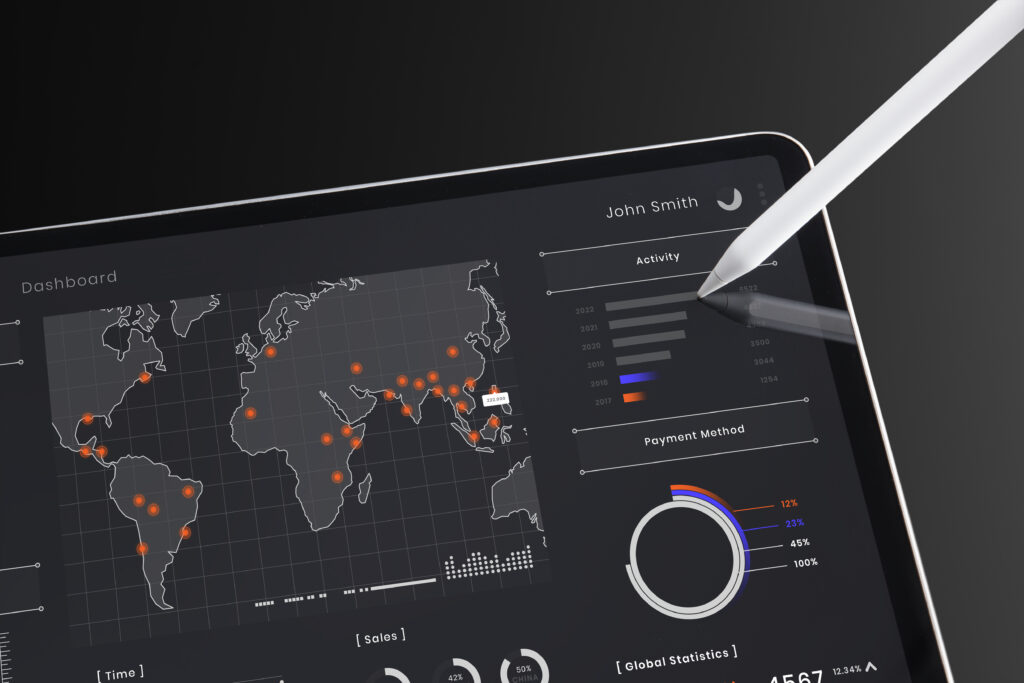What happens when teams fail to make decisions, when communication breaks down, or when systems introduce more friction than flow? Many businesses face these challenges every day. These issues go beyond minor inconveniences—they create real gaps that slow growth, weaken service, and cut into profitability.
Agentic AI tools help close those gaps. These systems do more than automate tasks—they observe, make decisions, and take action with a level of autonomy. They deliver value by interpreting context, not just following static rules, and by adjusting intelligently as conditions change.
Far from being theoretical, businesses already apply this technology in complex environments where teams depend on coordinated, prioritized, real-time responses.
Making IT Operations Less Reactive, More Strategic
IT departments often juggle more than they can reasonably manage. Monitoring systems raise alerts constantly, but the onus remains on staff to interpret them, act accordingly, and document outcomes. That cycle is slow and resource-intensive.
Agentic AI tools improve this by:
-
Evaluating alerts using historical data and operational thresholds
-
Correlating anomalies with external signals (like threat intelligence feeds)
-
Triggering remediation scripts or escalating issues when necessary
For example, if a server shows unusual CPU spikes, an agent doesn’t just log it—it checks usage history, cross-references known behavior patterns, and proposes actions. This shift gives IT leaders more than insight—it provides reliable, consistent action with reduced overhead.
Addressing Project Bottlenecks Without Adding Bureaucracy
In project-based environments, delays rarely happen in isolation. One missed deliverable affects others, creating cascading inefficiencies. Often, these delays occur not because people are unmotivated, but because the system fails to flag interdependencies in time.
Agentic AI steps in as a silent coordinator:
-
Tracking workflows across tools (project management, communication apps, calendars)
-
Identifying overdue tasks or at-risk dependencies
-
Alerting the right stakeholders before slippage occurs
Rather than generating noise, the AI acts with specificity. For instance, it might notice that a task’s prerequisite remains incomplete two days before the deadline and prompt both the assignee and project lead with a suggestion for reallocation. It’s not about more meetings—it’s about better awareness.
Augmenting Day-to-Day Work Without Replacing Systems
One of the most compelling strengths of agentic AI tools is their compatibility. They integrate with existing systems rather than requiring new infrastructure. Whether it’s a CRM, ticketing platform, or collaboration suite, the AI learns from what’s already in place.
Some practical applications include:
-
Customer Service: Agents analyze sentiment from tickets and flag emotionally charged language for prioritization. They can even recommend follow-up steps based on customer history.
-
Sales Operations: AI monitors lead activity and highlights when a previously active prospect goes quiet, signaling that it might be time to intervene.
-
Human Resources: Engagement drops detected through patterns—such as a decline in system logins or training completion—trigger prompts to check in with team members.
In each scenario, the AI enhances existing workflows by reducing friction and supporting timely, relevant decisions.
Case Example: Intelligent Ticket Routing and Triage
A mid-sized service firm faced recurring IT helpdesk bottlenecks. Users waited for basic issues to be triaged, while high-priority tickets risked breaching SLA timelines. Rather than overhaul their entire system, the company implemented agentic AI within their existing ticketing platform.
What changed:
-
Tickets were categorized using natural language understanding
-
Priorities were adjusted based on historical resolution data
-
Repetitive, low-impact tickets were routed to self-help options automatically
The result? First-response times improved, and team morale rose as staff spent less time on repetitive issues. More importantly, IT leaders gained visibility into which problems were increasing and why.
This wasn’t a technology experiment. It was a targeted, practical fix to a real operational challenge.
Maintaining Control: Autonomy With Guardrails
While AI’s autonomy adds value, it doesn’t eliminate the need for governance. Businesses remain accountable for decisions, and agentic AI systems are built with that in mind.
Key governance features include:
-
Role-based permissions to define where agents can act independently
-
Audit trails that log every AI-driven action for transparency and review
-
Escalation policies to route complex decisions to human stakeholders
This is especially relevant in regulated sectors. Whether dealing with sensitive data or critical service delivery, organizations can’t afford black-box behavior. Trust is built through transparency.
Improving Strategy Execution Across Functions
Consequently, poor alignment between departments causes inefficiencies that spreadsheets don’t capture. Sales might commit timelines that operations can’t meet, or marketing launches initiatives unsupported by IT bandwidth.
Agentic AI helps by:
-
Reconciling shared data from disparate systems
-
Identifying conflicting timelines or priorities
-
Offering resolution options that factor in cross-departmental dependencies
This makes business decisions not only faster, but also smarter. Instead of acting on incomplete pictures, leaders can see more of the system and adjust accordingly.
Why Now Is the Right Time
Agentic AI isn’t just timely—it’s necessary. As organizations face increased complexity and pressure to operate leaner, the limitations of reactive systems become harder to ignore.
-
Tools that scale decision-making
-
Systems that adapt in real-time
-
Intelligence embedded in operations—not bolted on
Agentic AI meets these demands by reducing time-to-decision and enhancing cross-functional agility.
Deployment Considerations
Before jumping in, it’s worth planning a thoughtful rollout. Key steps include:
-
Start small: Focus on one or two friction points with measurable impact.
-
Map processes: Know where decisions stall or repeat unnecessarily.
-
Define success: Track improvement in response time, satisfaction, or cost savings.
Involve the people who will use or be affected by these systems. Users are more likely to adopt when they understand the value.
The Strategic Shift: From Efficiency to Intelligence
Efficiency is good. But intelligence is better. Agentic AI doesn’t just move tasks faster—it improves the way decisions are made. That shift—from rule-following to reasoned action—changes how businesses operate, compete, and evolve.
Rather than looking at AI as an overlay, see it as an embedded capability that helps your team focus on what matters: service, innovation, and growth.





